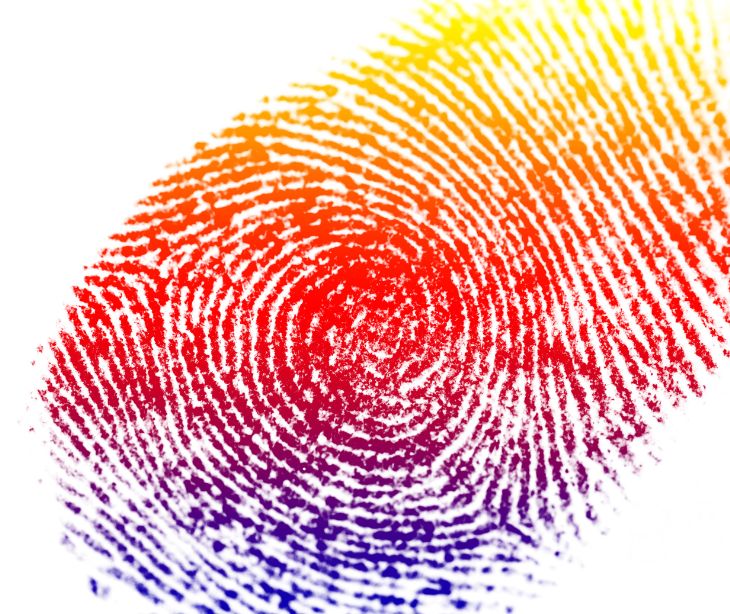
PHI de-identification is the process of removing or modifying personally identifiable information (PII) from protected health information (PHI) to minimize the risk of identification. This includes health-related information that can be linked to an individual, such as names, addresses, social security numbers, medical record numbers, and more.
The importance of PHI de-identification
PHI de-identification in healthcare stems from the need to balance two critical aspects: protecting patient privacy and enabling the secondary use of health data for research, analysis, and other purposes. By de-identifying PHI, healthcare organizations can reduce the risk of unauthorized access or disclosure of sensitive information while still allowing valuable data to be shared for population health studies, clinical research, and quality improvement initiatives.
Related: What is protected health information (PHI)?
Considerations for organizations employing de-identification methods
- Purpose and intended use: Clearly define the purpose and intended use of the de-identified data. This helps guide the selection of appropriate de-identification techniques and ensures alignment with the organization's objectives.
- Privacy risks and sensitivity of data: Evaluate the privacy risks associated with the data being de-identified. The level of de-identification needed may vary based on the sensitivity of the data.
- Data utility and information preservation: Balance the need for privacy protection with the preservation of data utility. Find an optimal balance that minimizes privacy risks while retaining sufficient data utility.
- Expertise and resources: Determine the level of expertise and resources available within the organization to implement effective de-identification techniques. Consider whether in-house expertise is sufficient or if external assistance from privacy experts or consultants is necessary.
- Data sharing agreements and contracts: Establish clear data sharing agreements or contracts when sharing de-identified data with external parties. Include provisions regarding re-identification, data security, and the permitted uses of the de-identified data.
- Risk mitigation strategies: Implement appropriate risk mitigation strategies to minimize the chances of re-identification. Continuously monitor and assess re-identification risks as new technologies and methodologies emerge.
- Data governance and security controls: Implement robust data governance and security controls to protect the de-identified data throughout its lifecycle.
Techniques used for PHI de-identification
Anonymization
Anonymization involves removing or altering identifiers in PHI to eliminate the possibility of re-identification. This may include removing names, addresses, social security numbers, dates of birth, and other directly identifying information.
Pseudonymization
Pseudonymization replaces direct identifiers with pseudonyms or codes to create a link between the original data and a separate identifier. This technique allows for limited re-identification under controlled conditions by a trusted party with the key to link the pseudonyms to the original identities.
Data Masking
Data masking involves modifying certain elements while preserving a dataset's structure and statistical properties. Techniques like generalization, suppression, or perturbation can be used to hide or alter sensitive information.
Aggregation
Aggregation involves combining data from multiple individuals to create groups or cohorts, thereby making it difficult or impossible to identify specific individuals within the dataset. Aggregating data reduces the risk of re-identification.
Cryptographic Techniques
Encryption and secure key management can be employed to protect sensitive PHI. Data can be encrypted to ensure confidentiality during storage and transmission, with access limited to authorized parties holding the appropriate decryption keys.
Differential Privacy
Differential privacy adds noise or randomness to the data to prevent re-identification while preserving the statistical properties of the dataset. This technique provides a mathematically rigorous framework for balancing privacy and data utility.
Metadata Removal
Metadata associated with PHI, such as timestamps or other contextual information, can contain indirect identifiers. Removing or de-identifying metadata helps prevent unintended re-identification.
Related: What is role-based access control?
The challenges with de-identification
The complexity of PHI, including its diverse data elements and formats, poses a difficulty in finding and removing all potential identifiers while preserving data utility. The evolving nature of data and technology requires constant updates to de-identification methods and maintaining data quality and integrity while applying de-identification techniques. Balancing data utility and privacy preservation is an ongoing challenge, as aggressive de-identification may compromise data usefulness, while insufficient de-identification may pose privacy risks.
Subscribe to Paubox Weekly
Every Friday we'll bring you the most important news from Paubox. Our aim is to make you smarter, faster.




